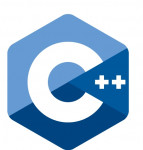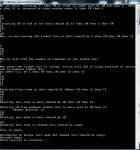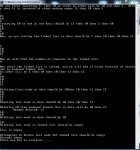Credit Card Generator
You can just use this in various banks and generate credit cards for customers. It generates cards using luhn's algorithm. You can compile it using GCC or Mingw. Anyone can use it.
- Read more about Credit Card Generator
- Log in or register to post comments
- 678 views










